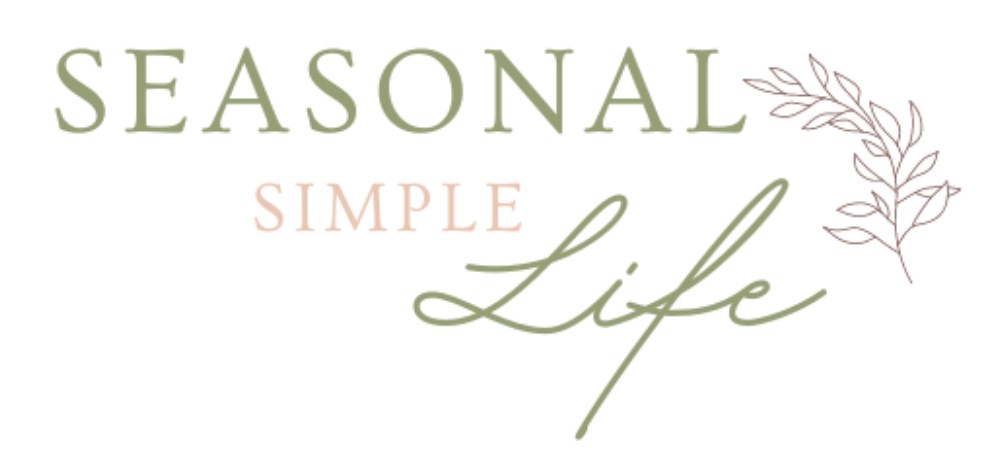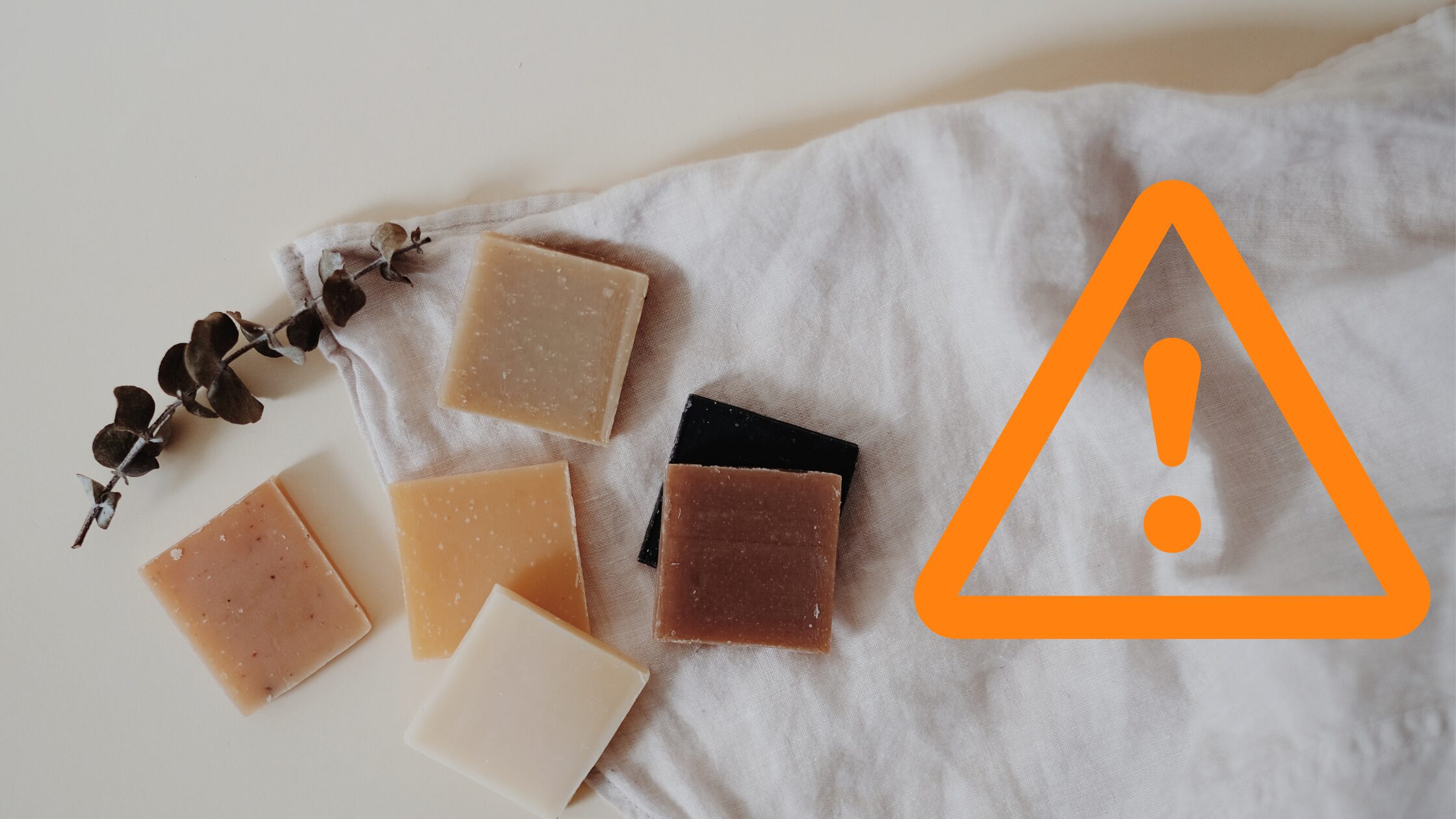.
Soapmaking is a wonderful and rewarding occupation! We can be creative and invent our own recipes, add fragrances and colours to our liking and try out different techniques. However, it bears a certain risk and therefore it’s absolutely necessary to be familiar with the following soapmaking safety guidelines.
Soapmaking Safety Guidelines: Safety equipment
Long sleeves
When making soap we are working with lye. LYE IS CAUSTIC! It’ll burn skin, stain clothing, and damage many surfaces. It can cause blindness and may be fatal if swallowed.
When working with lye, we must always wear long-sleeved shirts. A splash of lye-water will eventually eat through clothing and into your skin but if that happens and you remove the contaminated clothing immediately, the damage to your skin may be minimized.
If you do spill lye-water on your skin, wash it under cold water for at least 15 minutes. Some people always keep some vinegar at hand and recommend washing the lye burn with that. Adding vinegar (which is an acid) to lye (which is a base), however, causes a chemical reaction that releases more heat, so just use water to wash a lye burn.
You can use vinegar, however, to clean up the surfaces of your kitchen from any lye dust that may have gotten onto it.
Safety goggles
As I said before, lye in your eyes may cause blindness, so always wear safety goggles that completely cover your eyes. Glasses are no adequate protection – goggles are a necessity!
Gloves
To cover the skin on your hands when working with lye, always wear chemical-resistant gloves. The best type are disposable medical gloves (of latex or nitrile) but you can also use rubber dishwashing gloves. Make sure their fit is tight enough so that you don’t accidentally get caught.
Apron
You can wear a cloth apron (I always do) to form an additional cover between the lye, your clothing and eventually your skin. It protects your clothes from lye or soap splashes.
Breathing mask
When working with lye, we must avoid breathing in lye dust and the toxic vapours that form when we add the lye crystals to the liquid. In addition to making sure that the room is well-ventilated, we must use a mask to guarantee our safety.
Soapmaking Safety Guidelines: Safety precautions
- When we have all our tools and materials at hand, we should cover the work surface, either with a plastic film (of a dustbin bag that’s been cut open or a plastic tablecloth), cardboard or several layers of newspaper. Many work surfaces react to splashes of lye or soap batter and leave unremovable stains. Whenever possible, you should mix the lye-water over a sink to prevent accidents and contain spills.
- You should plan about 2 – 3 hours for soapmaking, depending on the techniques you want to use. Never soap with pets or small children in the room and make sure that they are adequately supervised so that you can focus on your soapmaking process.
- Never let your soapmaking ingredients come into contact with aluminium! This includes containers, mixing tools and moulds. Aluminium will not only ruin your soap but worse, produce highly flammable hydrogen gas as a by-product.
- Soap utensils are for soapmaking only! Do not use utensils that you use for cooking.
- Mix your lye solution in a heat-safe container that’s a bit larger than the amount of liquid it is holding. When lye is mixed with water, it produces an exothermic reaction, which means that its temperature rises up to 100 °C. Other liquids that contain sugar (e.g. milk) can cause an even warmer reaction.
- Always add the lye to the water, never the other way around! Adding water to lye can cause a “volcano” that could bubble out of the container.
Soapmaking Safety Guidelines: Emergency response
Skin
If you splash lye, lye-water or fresh soap batter on your skin, rinse the area immediately with cold water for at least 15 minutes. Use fully cured soap to wash off the chemical residue. If your skin is red and/or painful, go to the emergency room.
Eyes
Immediately wash out your eye(s) with cold, running water for at least 20 minutes and seek immediate medical attention.
Throat
If you swallow lye in any form, rinse your mouth thoroughly and then drink about two large glasses of water. Do not induce vomiting! Seek immediate medical attention.
All that may sound frightening but as long as you observe all these safety precautions, soapmaking is hardly dangerous.
And don’t worry: after curing, your homemade soap does not contain any caustic lye. That’s only necessary to initiate the chemical process.


0 Comments